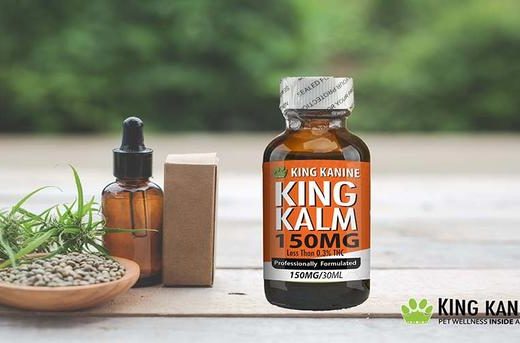Who doesn’t love watching their dog go for a joyous dip in a lake or pond on a hot summer day? You’re out on an afternoon hike, enjoying the beautiful summer weather but also cautious of your four-legged friend’s comfort in the scorching sun. That coat of fur must be like wearing a wool sweater, right? So, of course, you can understand your pup’s excitement about cooling off. If it weren’t for your inhibitions, you might join in yourself, right?
However, if that body of freshwater is noticeably green (or blue-green), you shouldn’t be so quick to let your pup dive in. According to some vets, we should all avoid letting our dogs swim in lakes and ponds for the remainder of the summer.
The notice comes following the deaths of three dogs in Austin, Texas, after swimming in Lady Bird Lake. Stillwater bacteria are very common during the summer months in places like lagoons, lakes, ponds, and even large pools. They can often be dangerous to both people and dogs, but according to animal experts, they often pose a larger threat to our furry friends simply because they don’t know not to drink potentially contaminated water. Even in the particular case of the recent blue-green algae deaths, it can make humans sick at worst but is deadly for dogs.
“Cyanobacteria (also known as blue-green algae) are microscopic bacteria found in freshwater lakes, streams, ponds and brackish water ecosystems,” explains the Pet Poison Helpline on its website. “They can produce toxins (such as microcystins and anatoxins) that affect people, livestock and pets that swim in and drink from the algae-contaminated water.”
“While most blue-green algae blooms do not produce toxins, it is not possible to determine the presence of toxins without testing,” the helpline adds. “Thus, all blooms should be considered potentially toxic. Very small exposures, such a few mouthfuls of algae-contaminated water, may result in fatal poisoning.”
“The most sensitive individuals to algal toxin poisoning are those that ingest cyanobacteria when they are in the water. Many times, those individuals are dogs, since they are entering and exiting algal blooms at shorelines. It is a good idea to keep pets out of the water when cyanobacteria may be present.”
Officials in Austin have posted signs warning people to keep their dogs out of Lady Bird Lake, vets are still warning pet owners to be wary of any still bodies of water in the area. And the recent news is just one part of a trend through different parts of the nation. Three dogs died after swimming in a pond in Wilmington, North Carolina earlier this summer as well as another incident reported in Marietta, Georgia. There are also reports that the same algae have been found in New Jersey Lakes. So naturally, this warning should be cause for all dog owners to be especially cautious about letting their dogs play in potentially contaminated water anywhere.
So how do Cyanobacteria affect dogs on such a deadly level? For one, the symptoms of infection come on quickly, causing an inability to stand, vomiting, and a loss of balance very soon after exposure. That’s just a shortlist of the most notable symptoms that take place the fastest in severe cases.





